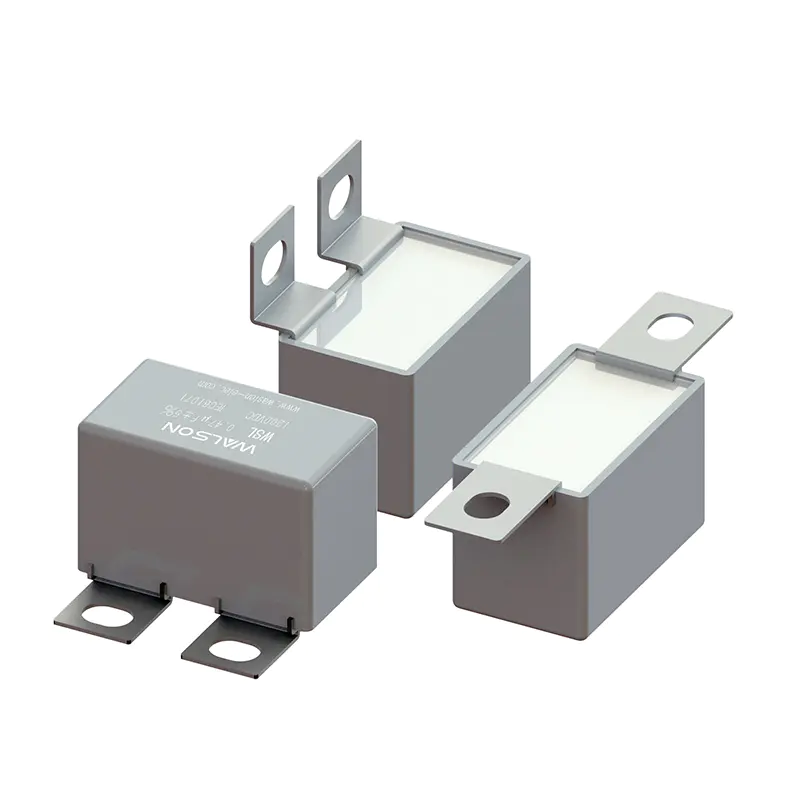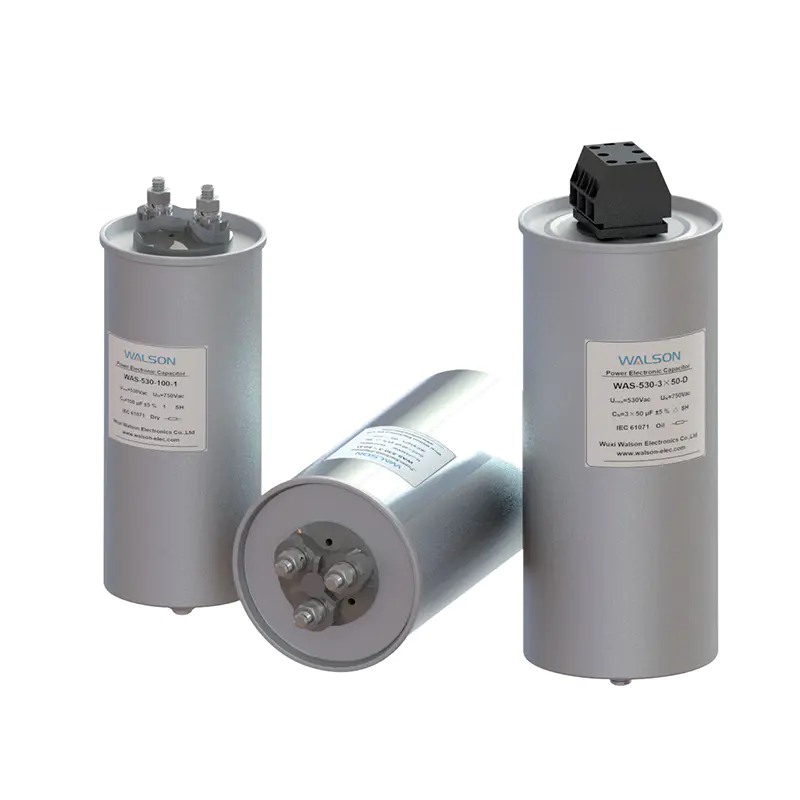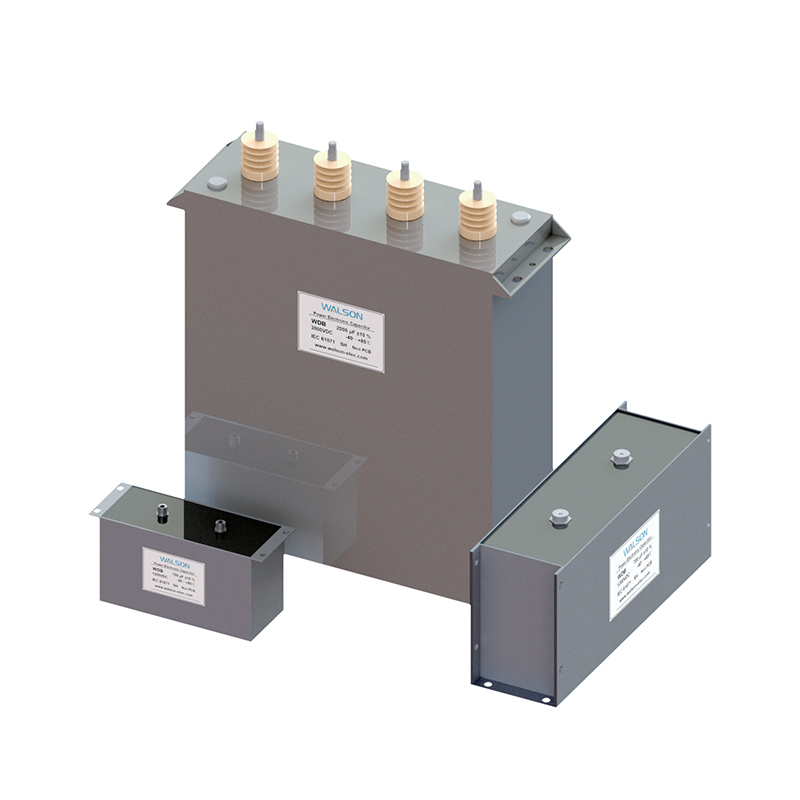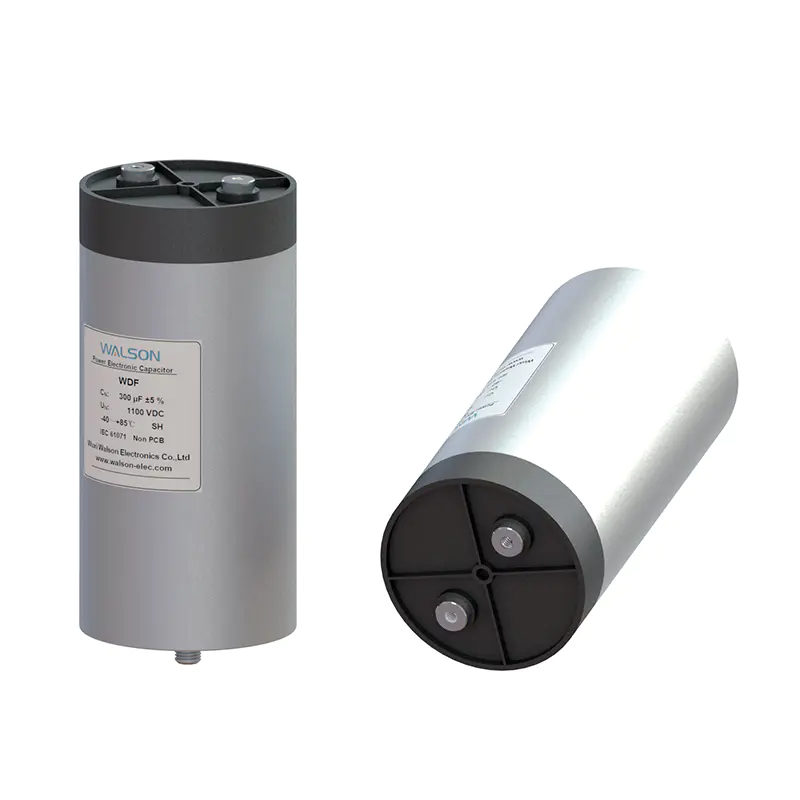- Home
- Products
- Applications
- Capacitors for Household Appliances
- Capacitors for Power Supply
- Capacitors for LED Lighting
- Capacitors for Mobile And DSL Appliances
- Capacitors for Automotive& Vehicles
- Capacitors for Photovoltaic Inverters
- Capacitors for Wind Power Plants
- Capacitors for Renewable Energy Systems
- Capacitors for Induction Heating
- Capacitors for Medical Equipments
- Capacitors for Industrial Control
- Capacitors for Power Electric
- Capacitors for Rail Transit
- Capacitors for Smart Grid
- Capacitors for University & Research Instituite (High Energy Physics)
- About Us
- News
- Contact Us
-
- Capacitors for Household Appliances
- Capacitors for Power Supply
- Capacitors for LED Lighting
- Capacitors for Mobile And DSL Appliances
- Capacitors for Automotive& Vehicles
- Capacitors for Photovoltaic Inverters
- Capacitors for Wind Power Plants
- Capacitors for Renewable Energy Systems
- Capacitors for Induction Heating
- Capacitors for Medical Equipments
- Capacitors for Industrial Control
- Capacitors for Power Electric
- Capacitors for Rail Transit
- Capacitors for Smart Grid
- Capacitors for University & Research Instituite (High Energy Physics)
Web Menu
- Home
- Products
- Applications
- Capacitors for Household Appliances
- Capacitors for Power Supply
- Capacitors for LED Lighting
- Capacitors for Mobile And DSL Appliances
- Capacitors for Automotive& Vehicles
- Capacitors for Photovoltaic Inverters
- Capacitors for Wind Power Plants
- Capacitors for Renewable Energy Systems
- Capacitors for Induction Heating
- Capacitors for Medical Equipments
- Capacitors for Industrial Control
- Capacitors for Power Electric
- Capacitors for Rail Transit
- Capacitors for Smart Grid
- Capacitors for University & Research Instituite (High Energy Physics)
- About Us
- News
- Contact Us
Product Search
Exit Menu
Application analysis of film capacitors replacing electrolytic capacitors in DC-Link capacitors
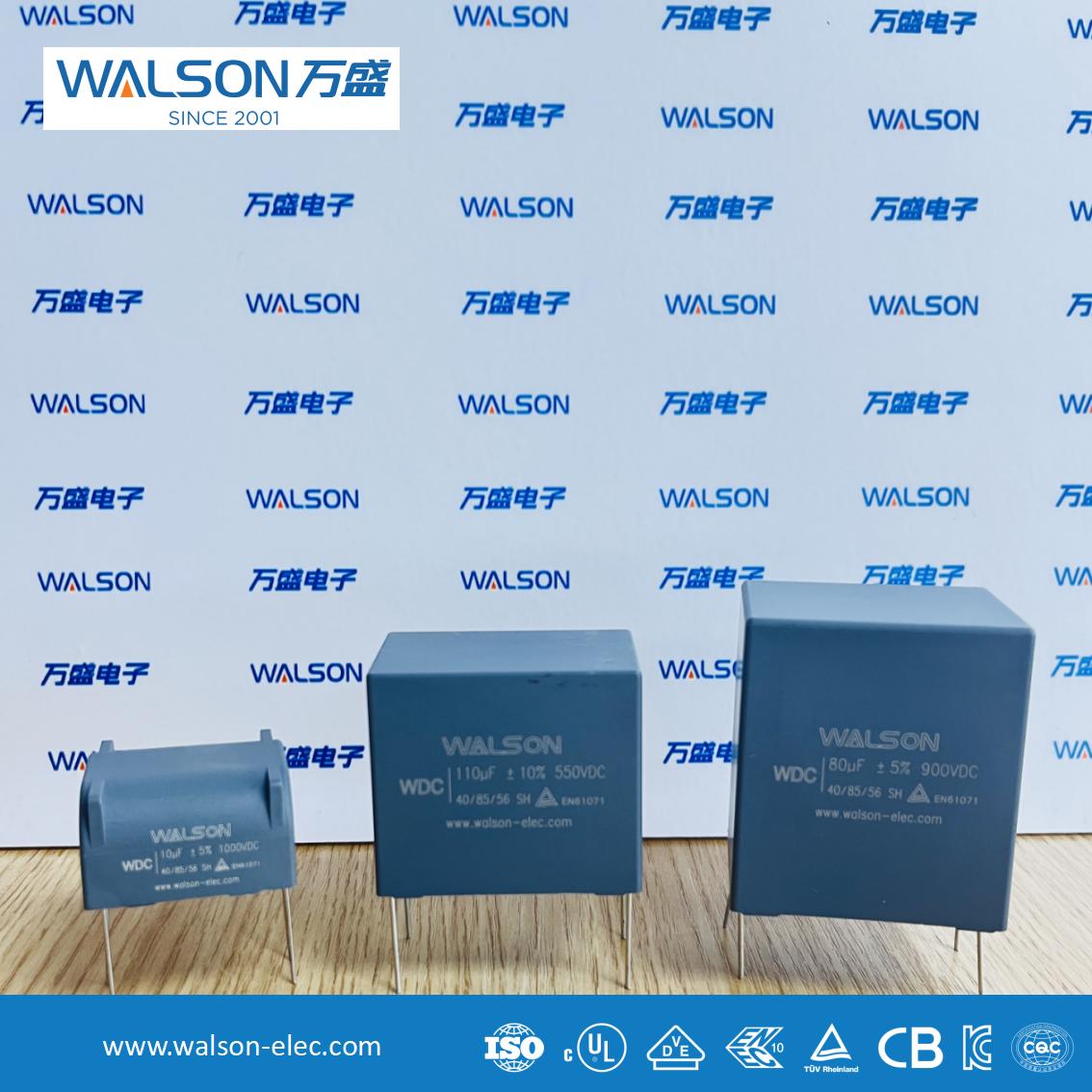
Application analysis of film capacitors replacing electrolytic capacitors in DC-Link capacitors
With the rapid development of the new energy industry, power conversion technology has been widely applied in fields such as wind power, photovoltaic power generation, and new energy vehicles. As a key component in these systems, the performance of DC-Link capacitors directly impacts the reliability and lifespan of the entire system. Traditionally, electrolytic capacitors were widely used due to their lower cost, but their limitations in high-voltage, high-current, and long-lifespan scenarios have become increasingly apparent. In contrast, film capacitors, with their superior performance, are emerging as an ideal alternative.
Performance Comparison
Film capacitors utilize metallized deposition technology, where a metal layer is vaporized onto a film dielectric to achieve self-healing properties, isolating defects and enhancing reliability. They exhibit high dielectric strength (up to 250V/µm for DC filtering), can withstand voltage surges up to twice the rated value, and feature low ESR (typically below 10mΩ) and low ESL, making them suitable for high ripple current (Irms) and high dV/dt applications. Additionally, film capacitors are non-polarized, tolerant of reverse voltage, and offer a lifespan exceeding 15 years without frequent replacements.
Electrolytic capacitors rely on aluminum oxide dielectrics and liquid electrolytes. Their dielectric strength is relatively low (about 0.07V/Å), with a maximum working voltage typically limited to 450V. Higher voltages require series connections, along with additional resistors and diodes to balance voltage and prevent reverse breakdown. Their higher ESR limits ripple current handling (around 20mA/µF), and the volatile electrolyte shortens their lifespan, necessitating regular maintenance in new energy applications.
Application Advantages
In new energy vehicles, for example, DC-Link capacitors must handle 330Vdc working voltage and 150Arms ripple current. Film capacitors meet these requirements effortlessly, while electrolytic capacitors require multiple parallel units, increasing system complexity and size. In overvoltage scenarios (e.g., rail transit), film capacitors can endure instantaneous overvoltages of 2Un, whereas electrolytic capacitors tolerate only 1.2Un, requiring more series units and reducing reliability.
Conclusion
With advancements in metallization technology and cost reductions, film capacitors demonstrate significant advantages in high-voltage, high ripple current, and long-lifespan applications. Their compact designs (e.g., integrated busbars) further reduce stray inductance and improve system efficiency. Thus, in the new energy sector, replacing electrolytic capacitors with film capacitors has become an irreversible trend.

 简体中文
简体中文 English
English Español
Español